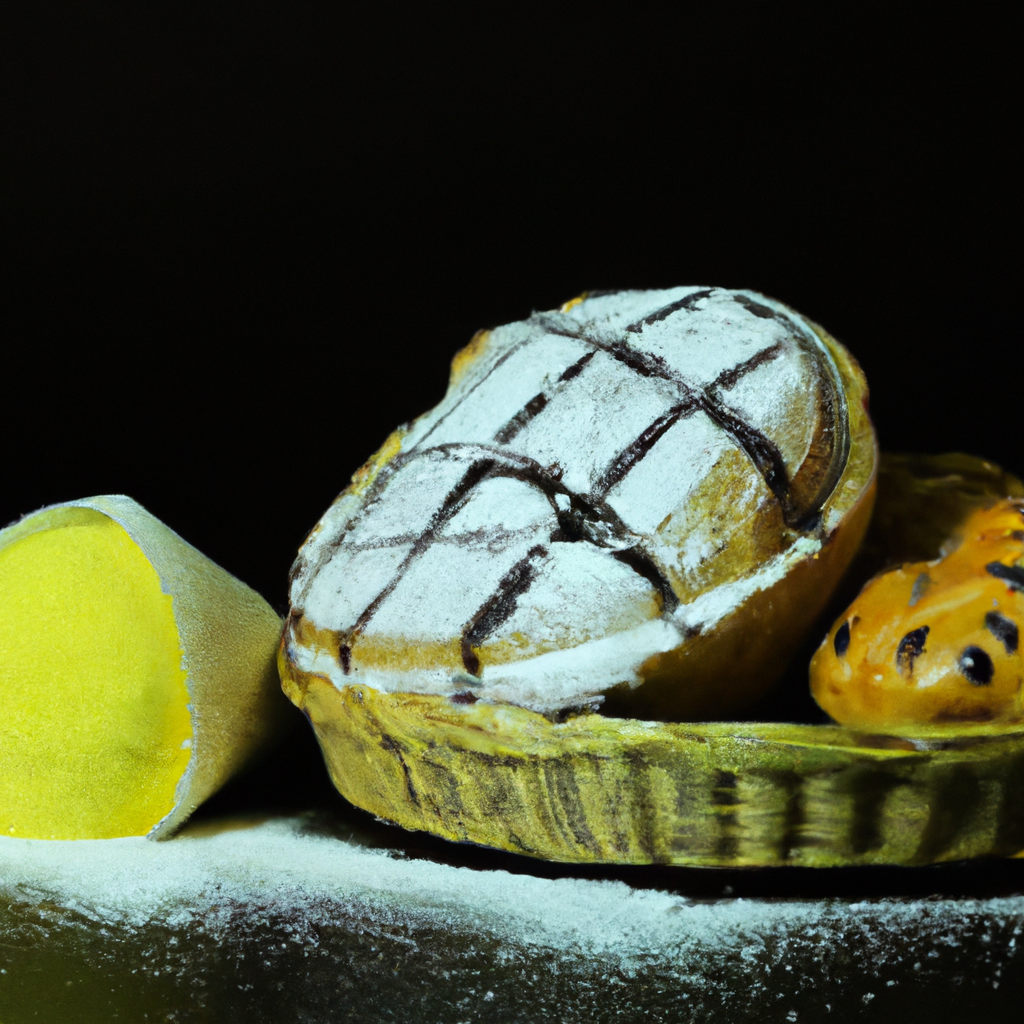Bake-tastic Deals: Elevate Your Treat Game!
Ah, sourdough. Just the word brings to mind that unmistakable aroma wafting through the kitchen, promising a deliciously tangy loaf with a crust that crackles just so when you cut into it. I remember my first attempt at making sourdough; it was both a disaster and an adventure in equal parts. Who knew there was so much science behind something as seemingly simple as bread? But once you dive into the world of fermentation and flavor, it’s like opening Pandora’s box—except this box is filled with flour and wild yeast.
Now, let’s get right into it: what makes sourdough different from your regular ol’ bread? Well, it all starts with the starter. This bubbly mix of flour and water is like a tiny ecosystem living on your countertop (or fridge if you’re not baking every day). And let me tell ya, keeping it alive feels like having a pet sometimes! It needs feeding, attention, and some love.
So what’s actually happening inside that jar of starter? Fermentation! It’s where natural yeasts and bacteria hang out together to eat up sugars in the flour. This process releases carbon dioxide—the same stuff we breathe out—and that’s what gives sourdough its characteristic rise without needing any commercial yeast packets.
I remember one summer afternoon when my friend Sarah came over for coffee and I proudly showed her my bubbling starter. She looked at me with wide eyes like I’d shown her an alien creature—and honestly, sometimes it felt like one! We spent ages talking about how those microorganisms are responsible for developing such deep flavors in sourdough bread compared to store-bought loaves which often lack that complexity.
Now onto flavor—that tangy taste we all adore. Sourdough’s unique zing comes from lactic acid bacteria present during fermentation (don’t worry if you haven’t heard these names before; I hadn’t either until I started baking). These little guys produce acids—lactic acid being one—which give sourdough its lovely tartness while also helping preserve the bread naturally without additives or preservatives.
One thing I’ve learned is patience really pays off here because longer fermentation allows more time for flavors to develop fully. Back when I rushed through proofing times ’cause I couldn’t wait to see how it’d turn out (we’ve all been there), my loaf ended up tasting kinda bland—not terrible but lacking depth. Nowadays though? I’ve embraced slow fermentation overnight in cooler temperatures—it’s worth waking up early just knowing there’s good bread waiting!
And speaking of good bread… here’s where real-life stories come flooding back: Sunday mornings spent kneading dough while listening to old records—or afternoons shared around warm slices slathered generously with butter among friends who can never seem to get enough no matter how many batches go around!
There’s truly something magical about sharing homemade food especially when every slice tells its own story—from figuring out hydration levels based on weather changes (a fun challenge) down even quirky details like naming starters after family members—I named mine ‘Daisy’ after my grandma who loved gardening because somehow nurturing plants feels similar yet different than growing starters.
Oh gosh—I’ve rambled quite a bit here haven’t I? Maybe it’s easy getting carried away talking about things close heart… Anyway folks if you’ve ever thought about diving into artisan baking yourself don’t hesitate any longer! Sure there might be hiccups along way but trust me each loaf baked teaches new lessons making journey worthwhile beyond compare whether successful first try or take few goes before hitting stride…
In conclusion: go forth embrace uncertainties embark upon delightful learning curve letting curiosity guide towards crafting beautiful nourishing breads filled not only flavor warmth moments shared loved ones too 🙂

